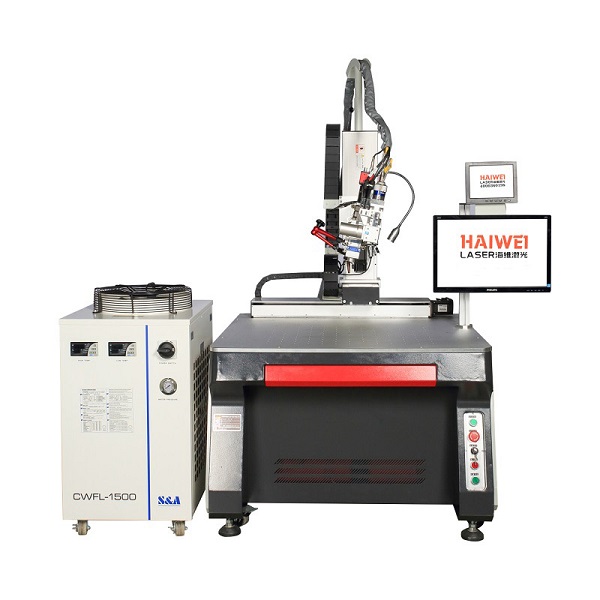How to Check Quality Issues in Fiber Laser Welding Machines
Ensuring consistent weld quality is essential when using a fiber laser welding machine. Detecting problems early helps avoid rework, reduce scrap rates, and maintain production efficiency. A structured inspection approach should cover both the equipment condition and the weld output.

Visual Inspection of Weld Beads
Start with a close visual check of the weld surface. Look for cracks, porosity, undercut, or inconsistent bead width. These defects may indicate incorrect parameters such as too high speed, insufficient power, or poor shielding gas coverage. Use magnification if needed, especially for small or precision components.
Verify Process Parameters
Confirm that laser power, pulse frequency, welding speed, and focus position match the approved settings. Even small deviations can affect penetration and fusion. Many fiber laser welding machines include built-in parameter logs—review these to ensure consistency across shifts or operators.
Check Optical Components
Dirty or damaged optics directly impact beam quality. Inspect the protective window, collimator, and focusing lens for contamination, scratches, or thermal damage. Clean optics regularly using proper procedures and materials. Misalignment of the optical path can also cause weak or uneven welds—realignment may be necessary after maintenance.
Monitor Cooling and Gas Supply
Overheating reduces laser stability. Ensure the chiller operates within the recommended temperature range. Also, verify that shielding gas (usually argon or nitrogen) flows at the correct rate and remains uncontaminated. Low or inconsistent gas flow increases oxidation and porosity risk.
Use Non-Destructive Testing (NDT)
For critical applications, apply NDT methods such as dye penetrant testing, X-ray, or ultrasonic inspection to detect internal flaws. Some advanced fiber laser welding machines integrate real-time monitoring systems that track key indicators during the process.
Regular calibration and preventive maintenance help maintain reliability. By combining equipment checks with weld evaluation, users can identify root causes of quality issues and keep their fiber laser welding machine performing at its best.
Recent Posts
- What are the advantages of laser welding machines in lithium battery pack production lines?
- What issues should be noted when choosing a lithium battery pack production line?
- Quality Inspection and Control of Lithium Battery Module Pack Production Line
- Cell grouping and sorting process in lithium battery module pack production line
- What are the safety hazards of lithium battery pack production lines and how can they be prevented?
INQUIRY

